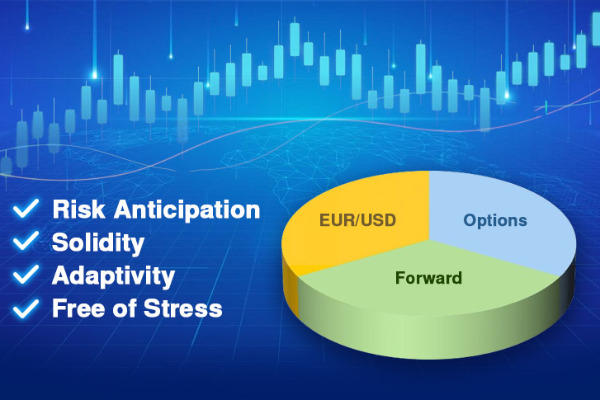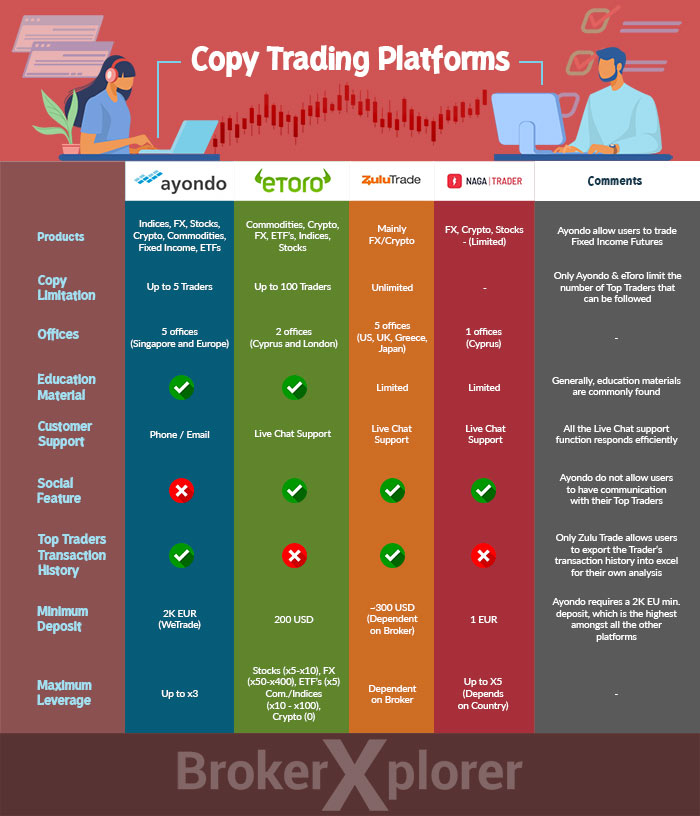Are your trading routines unsatisfactory or you don't even have one? If you're a day trader, you're in luck because the following 10 routines would fit you just well.
It is a high possibility of doing some mistakes in day trading. Whether because of lack of fundamental and technical knowledge, bad timing, failure to read the market sentiment, or simply because too unfocused to do some trades. Some mistakes occur during mundane trading sessions, repeated patterns, boredom, or lack of motivation. The cost of these types of mistakes could be small enough for us to ignore, but in many cases, it could also be substantial and then become a showstopper.
As day traders we may encounter too much information every day, positive or negative news, as well as tips from other traders. It is hard to focus on specific things unless we take time to get away from unnecessary distractions. It is healthy to take time and arrange some routines to deal with our day trading, and to list some new habits that may help us avoid burnout, boredom, or doing unnecessary mistakes. Here are some day trading routines that will help you avoid mistakes in the market.

1. Check the Reports
Some economic events are high profile, dominating daily news for three days in a row, even before they happen. These types of economic-affecting events are very important for day traders because anything can happen in the market. Day traders depend on the news only to make a profit while investors depend on them to build momentum. And for this particular reason, it is recommended for day traders to avoid trading around the time some high-impacting events are occurring, like say, central bank announcements. Be aware of near-future events that may also affect macroeconomics or political stability. Putting some thoughtful notes into your calendar will help you navigate the upcoming changes.
2. Ensure the Platform Performs Well
It is essential to make sure that quotes are streaming and not lagging when you launch your platform. Make sure the program runs smoothly and there are no glitches or sporadic bugs that occur. Most platforms display daily easy-to-digest market updates or side notes for traders to consider before putting them into position. Make sure the data or news on the site are reliable by comparing it to the real news website or other brokers' websites for comparison. If you have any doubts about the content or unusual display, try contacting customer service.
3. Trade with the Right Account Details
Some trading platforms support multiple accounts, dummy accounts, and also various types of contracts. It is always recommended to check your trading account first (usually on the header section of the page), the current balance, and other details just to make sure you are running the correct one.
4. Write Notes
Some expert traders put some text notes on their charts reminding them about high-impact news or important releases. As for future events, they put notes near the approximate time of the announcement. By doing this, they can trade according to real issues that may affect the overall market and investing sentiments. Some events may happen for more than 1 day or even happen for a week or more. These events can also be noted down and included in the trading schedule. Text note is rather about personal style, so how you use them is completely up to your plan and strategy.
5. Triple Check Automated Strategies
Trading tech has been developing rapidly over the years. Expert traders or even beginners can utilize some automated command or artificial intelligence mode in scheduling, analyzing, or even taking positions. On platforms like NinjaTrader and MetaTrader, you can put some Stop Loss orders and targets right after you enter the market. Do some double, even triple check on all the parameters that you put in so the automation setup is according to your plan.
6. Notice the Default Position Size
Some traders also use default position sizes to get ahead of their peers to take positions. But be careful in doing this, since adding an extra digit to the size could be a recipe for disaster, the same goes with dropping one. Any fraction of the numbers must be correct according to your plan. Don't forget to calculate all the possibilities, note down the A/B scenarios, and if possible, plan your escape in case something unexpected happens from which you must exit immediately.
Try some proper limits for your position size, and if possible, start small as low as 1%. Keeping maximum risk in mind will help remind you about how far the risks go in one trade.
7. Keep a Journal
Putting down some daily journal will help you remember mistakes and record them in articulate measure for future reference. Some problems may end up as a cycle and reoccur in the near future, so keeping a trade journal will help you track events that become useful pieces of information if you encounter similar problems in the future. Keep all simple and note down only keynotes or important messages.
8. Read Market Conditions
This is your daily duty and usually happens before the opening bell. Understanding market conditions means not only you gather correct, fact-based information or news, but also correctly analyzing them to grasp the meaning behind them and what effects they may bring to the overall market sentiment. Are there tendencies? How do people react in the first minutes and hours? Understanding the market will help you describe the potential volatility on the chart and how people may react in the coming days.
9. Create a Quitting Time
It is recommended to cool down and take some time away from the market or chart. Some days give pleasure and others give pressure on your mind. If you notice that the market is about to go wild or has become too unexpected, just take a wait-and-see position. Or, just pause your trading completely to allow things to settle a bit. Reminders and journals will be useful in this window of time, as you can use them to evaluate and adjust strategies.
10. Start Trading with Key Thoughts in Mind
At this stage, the chart and the orders are yours to take. You're all set. Once you get to this stage, that means that you've got some mistakes or potential problems mitigated and well-planned strategies. Try making and saving your trade setups and make some alternatives. Be confident yet thoughtful. Prepare for everything that may happen. Staying alert is good but do all the processes calmly, and be positive. Once you calculate all the potential gains and risks, all you have to do is start, and get into battle mode.
Your trading style will develop over time and this might also affect how you approach your day trading routine. Learn from others and do your research to make the best out of the market condition. After all, creating a day trading routine is just about finding your character as a trader and as a person. Be thoughtful and honest, disciplined and tactical at the same time. Once you master all the keys to successful trading, you'd end up a level higher than your peers.
Good luck!

 Dedicated FREE FOREX VPS
Dedicated FREE FOREX VPS Free FOREX Virtual Private Server
Free FOREX Virtual Private Server MT4 Demo Contest, Get $500
MT4 Demo Contest, Get $500 Sign Up for an Account, Claim 60% Deposit Bonus
Sign Up for an Account, Claim 60% Deposit Bonus Free MT4/MT5 VPS 2024
Free MT4/MT5 VPS 2024 Send E-mail and Get Free Merchandise
Send E-mail and Get Free Merchandise $1K Refer a Friend Bonus for Pepperstone Pro clients
$1K Refer a Friend Bonus for Pepperstone Pro clients Maximize Your Earnings with 100% Deposit bonus
Maximize Your Earnings with 100% Deposit bonus Trade to Win, $5,000 Monthly Demo Contest
Trade to Win, $5,000 Monthly Demo Contest Claim 30% + 15% Deposit Bonus from LiteFinance
Claim 30% + 15% Deposit Bonus from LiteFinance









1 Comment
Jeremy
Nov 4 2022
Thank you for advising me to check the details such as trading on the right account, observing default positions, making sure the platform and web are working properly, suggesting I leave Forex for a while. .
I think your tips are very useful for practice as small things can affect the whole trade. If you trade using the wrong account, imagine the volumes, amounts and strategies you used in your main account are being used in another account. I think not checking your platform and internet connection will further affect your losses. I get slippage which I really hate. Finally, we don't know if the trading day will end. You have time to relax, call your trading day to refresh your mind and review your forex strategies with the journal that I have noted in previous trading time.
But I have a question. Is it safe to open a position before the daily economic news comes out?